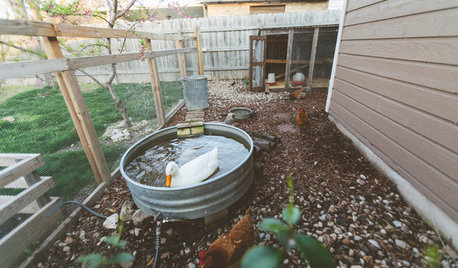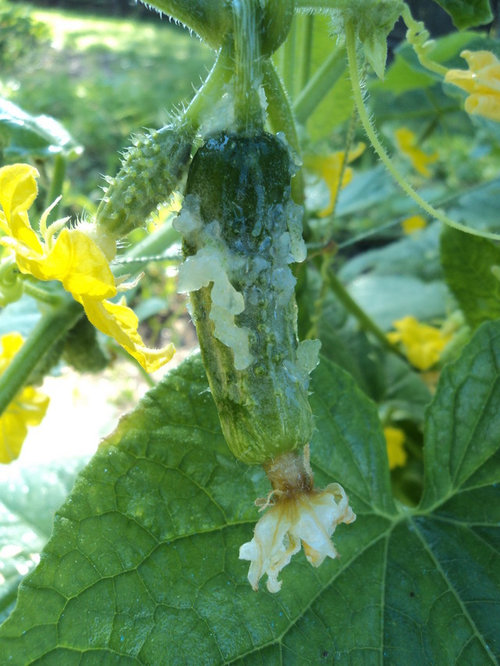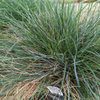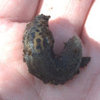White gooey eggs on Cucumbers
claudiainfla
9 years ago
Related Stories

KITCHEN DESIGNCountertop and Backsplash: Making the Perfect Match
Zero in on a kitchen combo you'll love with these strategies and great countertop-backsplash mixes for inspiration
Full Story
GARDENING GUIDES6 Plants That Beat Butterfly Bush for the Wildlife Draw
It's invasive, a nonnative and a poor insect magnet. Check out these better alternatives to butterfly bush in the garden
Full Story
GARDENING GUIDES10 Easy Edibles for First-Time Gardeners
Focus on these beginner-friendly vegetables, herbs, beans and salad greens to start a home farm with little fuss
Full Story
GARDENING AND LANDSCAPINGBid Bad Garden Bugs Goodbye and Usher In the Good
Give ants their marching orders and send mosquitoes moseying, while creating a garden that draws pollinators and helpful eaters
Full Story
MOST POPULAR7 Ways to Design Your Kitchen to Help You Lose Weight
In his new book, Slim by Design, eating-behavior expert Brian Wansink shows us how to get our kitchens working better
Full Story
FARM YOUR YARDHow to Grow Vegetables in Containers
Get glorious vegetables and fruits on your patio with a pro’s guidance — including his personal recipe for potting mix
Full Story
FARM YOUR YARDMy Houzz: An Urban Farm and Animal Sanctuary in Austin
Four dogs, four chickens, a duck and a kitten find refuge in a photographer’s updated home
Full Story
EDIBLE GARDENSSummer Crops: How to Grow Squash
Almost foolproof and with cheerful flowers, squash comes in a wide range of varieties to plant in spring
Full Story
KITCHEN DESIGNNot a Big Cook? These Fun Kitchen Ideas Are for You
Would you rather sip wine and read than cook every night? Consider these kitchen amenities
Full Story
MOST POPULAREasy Green: 23 Ways to Reduce Waste at Home
Pick from this plethora of earth-friendly ideas to send less to the landfill and keep more money in your pocket
Full Story










Pyewacket
rhizo_1 (North AL) zone 7
Related Professionals
Holly Springs Landscape Architects & Landscape Designers · Accokeek Landscape Architects & Landscape Designers · Barrington Hills Landscape Architects & Landscape Designers · Franconia Landscape Architects & Landscape Designers · White Oak Landscape Architects & Landscape Designers · Brookfield Landscape Contractors · Costa Mesa Landscape Contractors · Doctor Phillips Landscape Contractors · Firestone Landscape Contractors · Fort Wayne Landscape Contractors · Golden Landscape Contractors · Huntley Landscape Contractors · Mastic Beach Landscape Contractors · Mastic Beach Landscape Contractors · Riverhead Landscape ContractorsclaudiainflaOriginal Author
rhizo_1 (North AL) zone 7
Pyewacket
Pyewacket
hilnaric
hilnaric
claudiainflaOriginal Author
Pyewacket